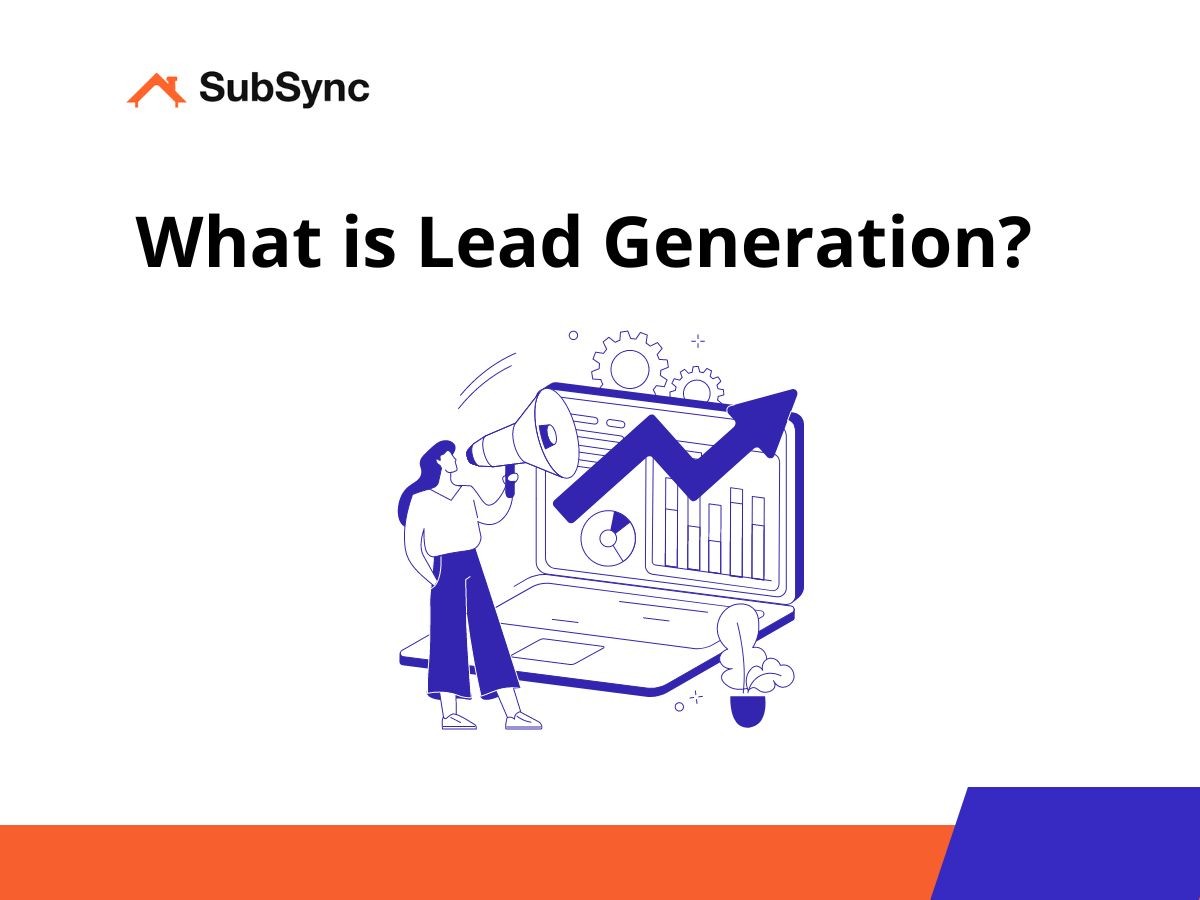What is Lead Generation? Everything You Need to Know in 2024
Sep 12, 2024
In this article, you will learn exactly what lead generation is and its importance. We also cover some lead generation strategies you can follow. Read on to learn more.
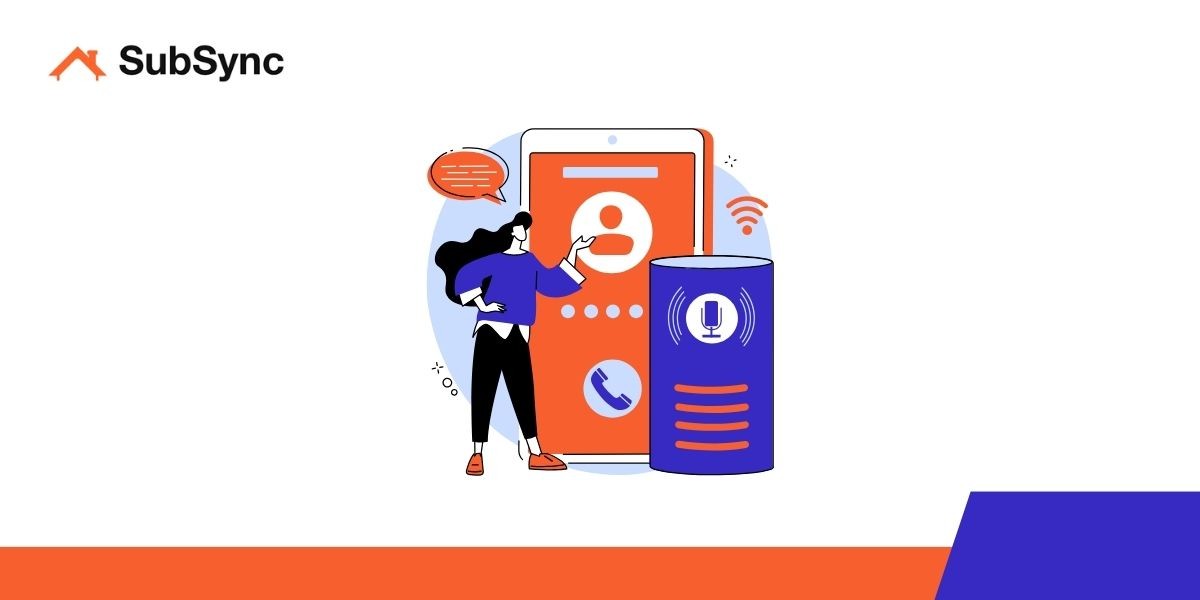
What is Lead Generation?
Lead generation is the process of identifying and cultivating potential customers, known as leads, for a business's products or services. These leads are individuals or organizations that have shown interest in what the business offers, often through actions such as visiting a website, downloading a resource, or subscribing to a newsletter. The ultimate goal of lead generation is to convert these leads into paying customers.
Example: A software company offers a free eBook on its website, requiring visitors to provide their email addresses to download it. This simple exchange generates leads by capturing the contact information of potential customers who are interested in productivity solutions allowing the company to follow up with targeted marketing efforts.
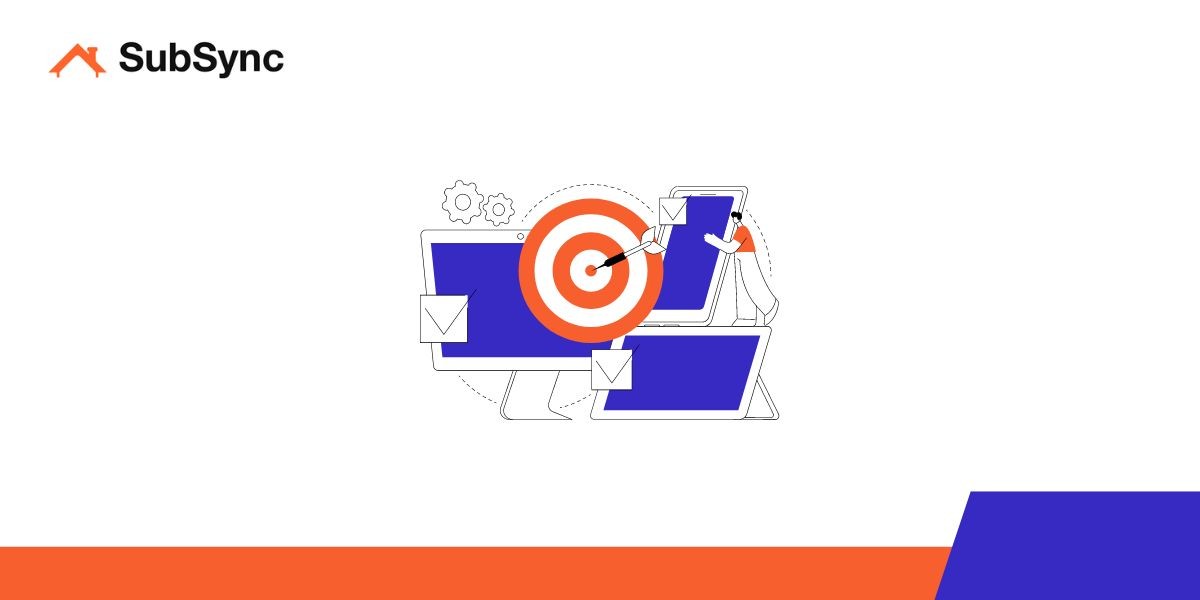
Importance of Lead Generation
Lead generation is important for a number of reasons, some of these include:
Increase Sales Opportunities: Effective lead generation helps businesses find people already interested in their products which leads to higher conversion rates.
Targeted Marketing: Lead generation enables businesses to focus on a specific group of people, improving the relevance of their marketing efforts and making them more efficient.
Boost Customer Loyalty: Leads are not always ready to buy right away, but nurturing them can lead to long-term customer relationships and repeat business.
Better Return on Investment (ROI): Focusing on quality leads increases the chances of conversion, making your marketing spend more efficient and cost-effective.
Scale Business Growth: Consistent lead generation provides a steady pipeline of potential customers, ensuring continuous growth and scalability for your business.
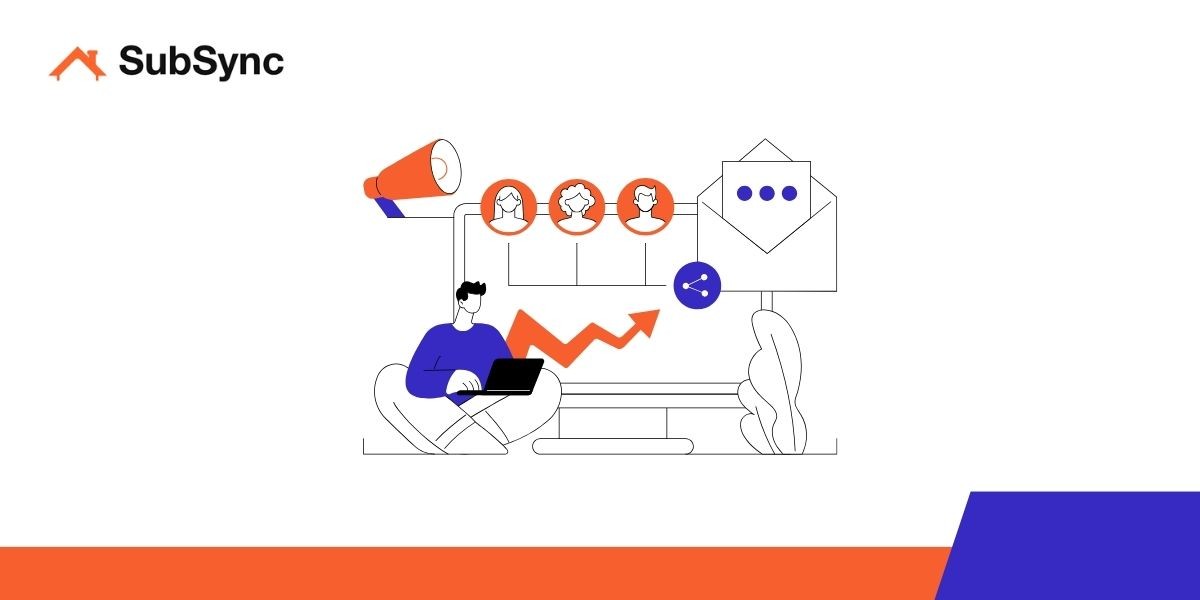
Lead Generation Process
The lead generation process involves seven important steps:
1. Identify Your Target Audience
Before generating leads, define your ideal customer. Focus on demographics such as age, location, interests, and behaviors to ensure you're attracting the right people.
2. Create a Compelling Lead Magnet
A lead magnet is something valuable you offer in exchange for contact information. Examples include:
Free eBooks or guides
Discounts or promo codes
Free trials or demos
Access to exclusive content (webinars, reports, etc.)
3. Drive Traffic to Your Lead Magnet
Once your lead magnet is ready, use methods like:
SEO to rank for relevant keywords.
Social media promotion (organic and paid ads).
Email campaigns to your existing contacts.
PPC ads targeting potential customers.
4. Create a Landing Page
The landing page is where you capture lead information. Key elements include:
A strong headline and value proposition.
A clear call-to-action (CTA) like “Download Now” or “Get Your Free Trial.”
A simple form asking for essential details (name, email, etc.).
5. Capture Lead Information
Use a form to collect leads' contact details. Keep the form short and to the point. Asking for too much information can scare potential leads away.
6. Follow Up Immediately
Send an automated email immediately after they sign up. Thank them for their interest and deliver what you promised (the free guide, promo code, etc.). A personalized follow-up makes the lead feel valued.
7. Nurture the Lead
Once the lead is in your system, keep them engaged with:
Personalized emails based on their interest.
Additional valuable content, like blog posts, case studies, or videos.
Timely offers to move them further down the sales funnel.
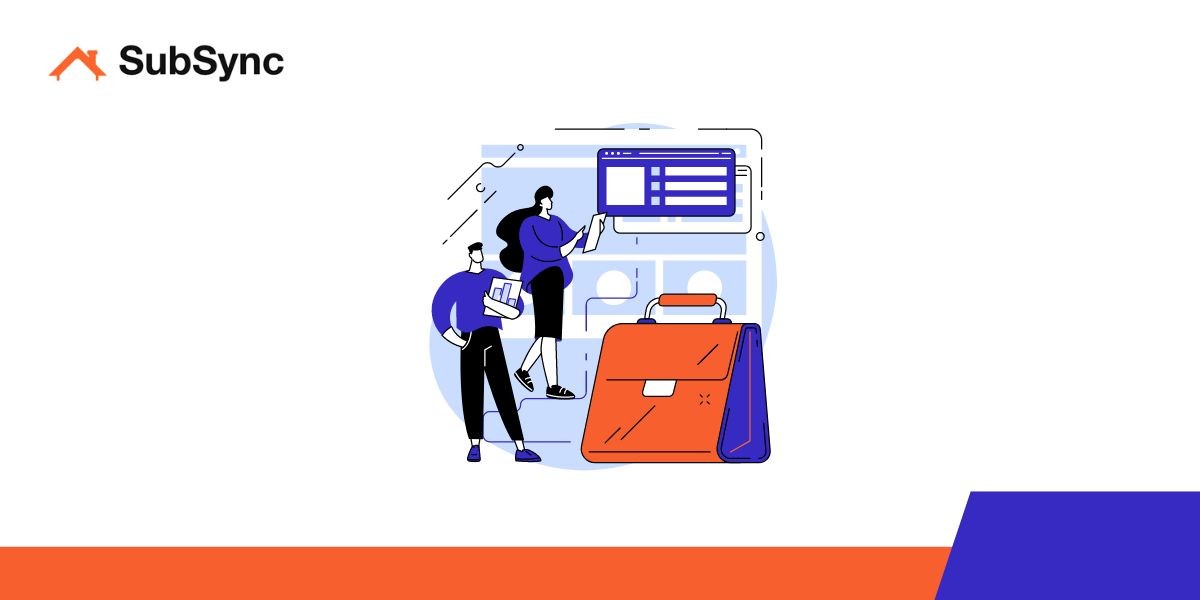
Lead Generation Strategies
Here are 10 actionable lead generation strategies with detailed steps for implementation:
1. Offer a Free Webinar or Workshop
Pick a topic your target audience is interested in. If you’re a digital marketing agency, a webinar on “SEO Best Practices for 2024” would attract businesses interested in improving their search rankings.
Promote the webinar through social media, email, and your website.
Use a simple registration form to collect attendees' names and emails.
After the webinar, send follow-up emails offering additional resources or services.
2. Create Exit-Intent Popups
Use tools like OptinMonster to add an exit-intent popup to your website.
When a user moves their cursor to leave the site, the popup triggers. Offer them a discount or freebie in exchange for their email.
Example: An e-commerce site offers a 10% discount if the visitor signs up for the newsletter before they leave.
3. Run Paid Social Media Ads
Use Facebook, Instagram, or LinkedIn to create highly targeted ads.
Segment the audience based on demographics, location, or interests. For example, if you sell fitness gear, target people interested in health, gyms, and sports.
Include a lead magnet in the ad, such as a free workout plan or a discount code.
Drive traffic to a landing page with a form to capture the lead’s details.
4. Implement a Referral Program
Encourage your existing customers to refer new leads by offering them incentives like discounts or freebies.
Example: Dropbox grew massively by offering users extra storage for each friend they referred.
Use referral software like ReferralCandy or Ambassador to track and manage referrals.
5. Use Google Ads for Targeted Search Traffic
Run Google Ads targeting keywords related to your product or service. Example: A local plumber could bid on keywords like “emergency plumbing services near me.”
Use location-based targeting to attract leads within your service area.
Include a CTA like “Call Now” or “Get a Free Estimate” to capture leads quickly.
6. Partner with Influencers
Find influencers relevant to your industry. If you sell beauty products, partner with a beauty blogger or Instagrammer.
Ask them to promote your product or offer a discount code to their audience. In exchange, offer them a commission or free products.
Use tools like Upfluence or AspireIQ to find and connect with influencers.
7. Offer a Free Trial or Demo
Let people try your product before committing. If you sell software, offer a 14-day free trial with limited features.
Example: Spotify offers a free month of Premium to attract new users, then follows up with offers to convert them into paying customers.
Promote the trial through paid ads, email, or your website.
8. Use SEO to Drive Organic Traffic
Optimize your website with relevant keywords. If you sell organic skincare products, write blog posts on “The Benefits of Organic Skincare.”
Use tools like Ahrefs or SEMrush to identify keyword opportunities.
The more your site appears in search results, the more leads you’ll attract through organic traffic.
9. Leverage Chatbots to Capture Leads
Install a chatbot on your website using tools like Drift or Intercom.
Set up automated questions that engage visitors, such as “Looking for help with [product]?” or “Want to speak with an expert?”
Collect their contact details so a sales rep can follow up with personalized help.
10. Run a Social Media Giveaway
Hold a contest where users enter by providing their email or following your social media page.
Example: A tech company could give away a popular gadget like a smartwatch. Require participants to sign up with their contact info to enter.
Use platforms like Gleam.io or Rafflecopter to manage the giveaway entries and track new leads.
We hope you now have a better understanding of what lead generation is and how to implement our lead generation strategies.
If you enjoyed this article, you might also like our articles on:


